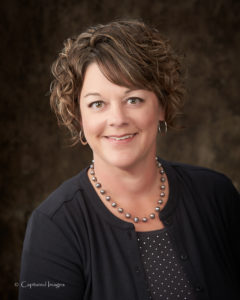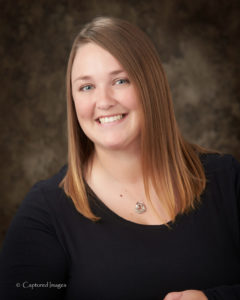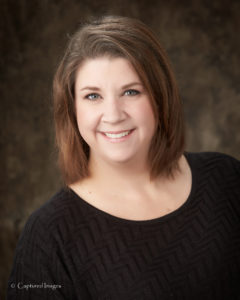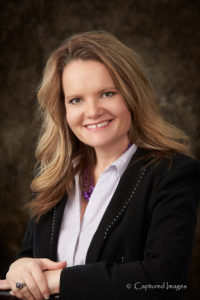
I’m not the best one to start talking about technology. Believe me, I am learning with everyone new ways to communicate and reach others at a distance through technology. Covid-19 has forced us to learn new communication strategies.
Some of our older adults may have felt some sort of isolation prior to the social distancing recommendations we have received lately. Living in rural areas can contribute to isolation. Others of us may enjoy that extra space. However, when family, friends, and neighbors pass on or move away, those feelings of isolation can be amplified for those feeling left behind.
Let’s look at some ways that we might use the time we have with this stay-at-home order to keep connected and strengthen distance relationships.
Start using or learn new technology. If we have a smartphone, a computer, or an iPad, we might already have access to some video technology, such as Skype, Zoom, or Facetime. A live video conversation is the next best thing to being there in person. If you’re like me, you may need the assistance of someone from a younger generation to talk you through the steps of doing the process, but after a time or two of doing it, you’ll get the hang of it. It can be very rewarding to connect through a video conversation.
If technology isn’t your thing, then pick up the phone and catch up the old-fashioned way. A quick text or email are great ways to stay in touch between conversations.
Engage Family and Friends. Encourage members of your social group, faith group, or volunteer group to support each other or reach out to those who are socially isolated. Just a quick check-in with them can mean a lot. Involve kids by having them create artwork that can be shared with grandparents, older neighbors, or other isolated individuals you may know. You never know how important it may be to someone to know that they were thought of that day.
If you want to step it up a notch, consider hosting a digital dinner with family or friends. Everyone joins online from their respective homes and eats together with family discussions. Some of our best discussions take place over the dinner table.
If you don’t relish the idea of watching each other eat, try playing games over video or read books to young ones. To encourage staying active, create an online exercise group where all meet at the same time by a video process. Research shows we are more accountable to our exercise program when we exercise as a group rather than individually.
Quality relationships that have developed with close family, friends, and neighbors help provide ongoing joy, excitement, support, and purpose. Maintaining meaningful relationships take a conscious effort. While we may not be able to carry on some of those relationships in person, now, more than ever, it’s important to follow through in sustaining those connections.
Whatever you do, check in on the well-being of family and neighbors who are more isolated at this time. Hopefully, they are sticking close to home as directed. A check-in call or running a quick errand for them could be what it takes to lift spirits right now.
For more information on overcoming feelings of isolation, contact the Yates Center Southwind Extension District Office at 620-625-8620.






